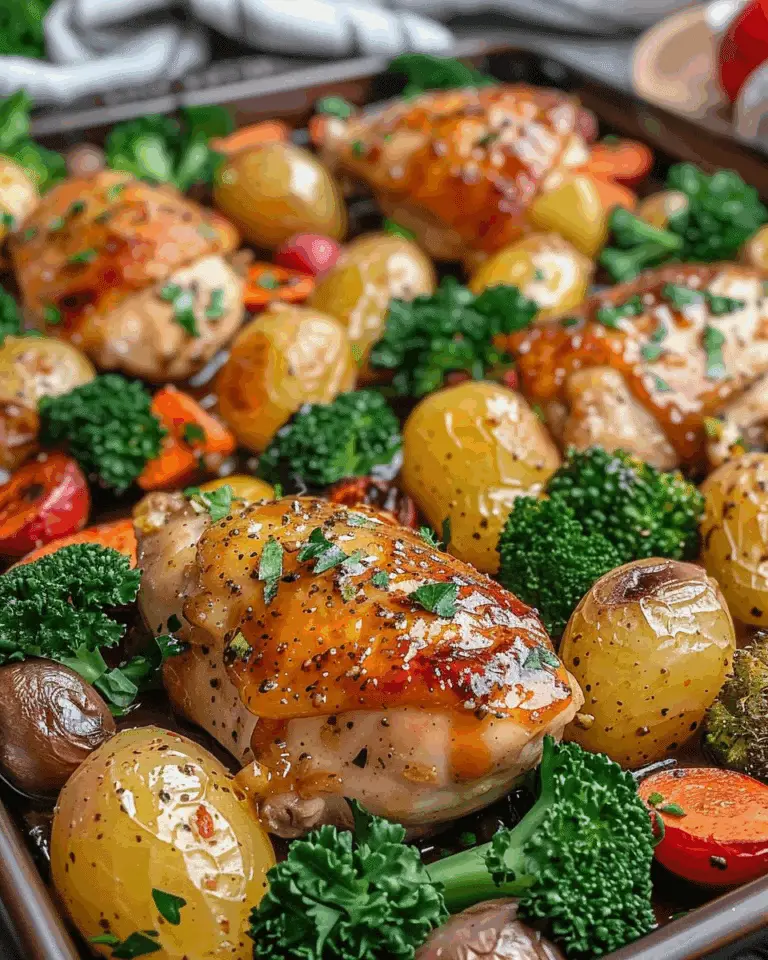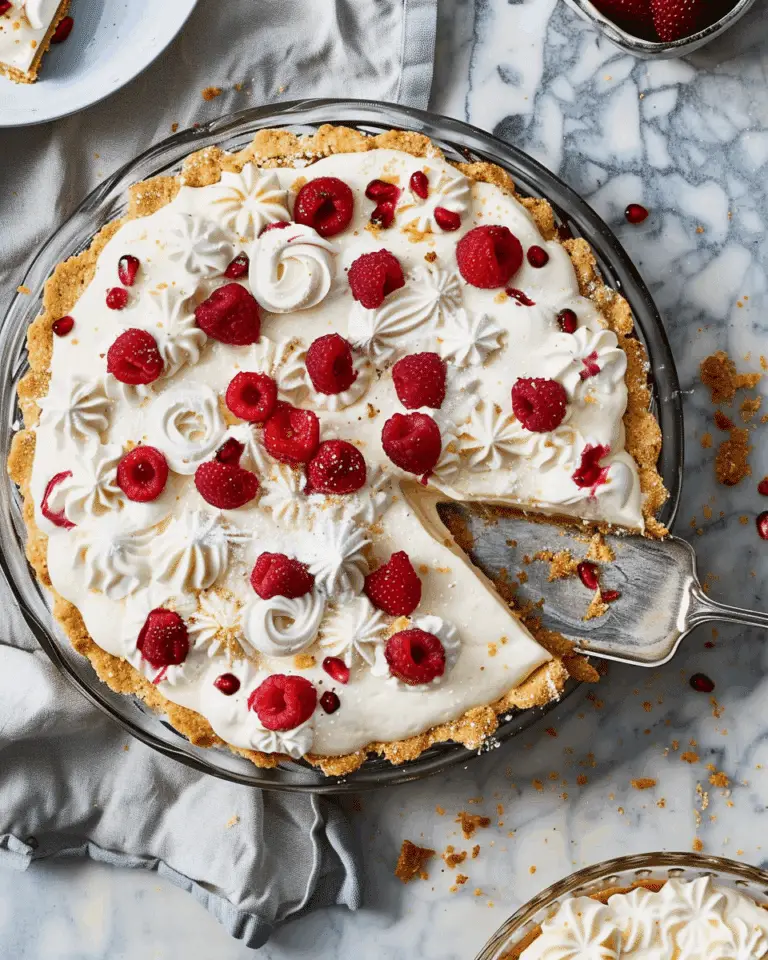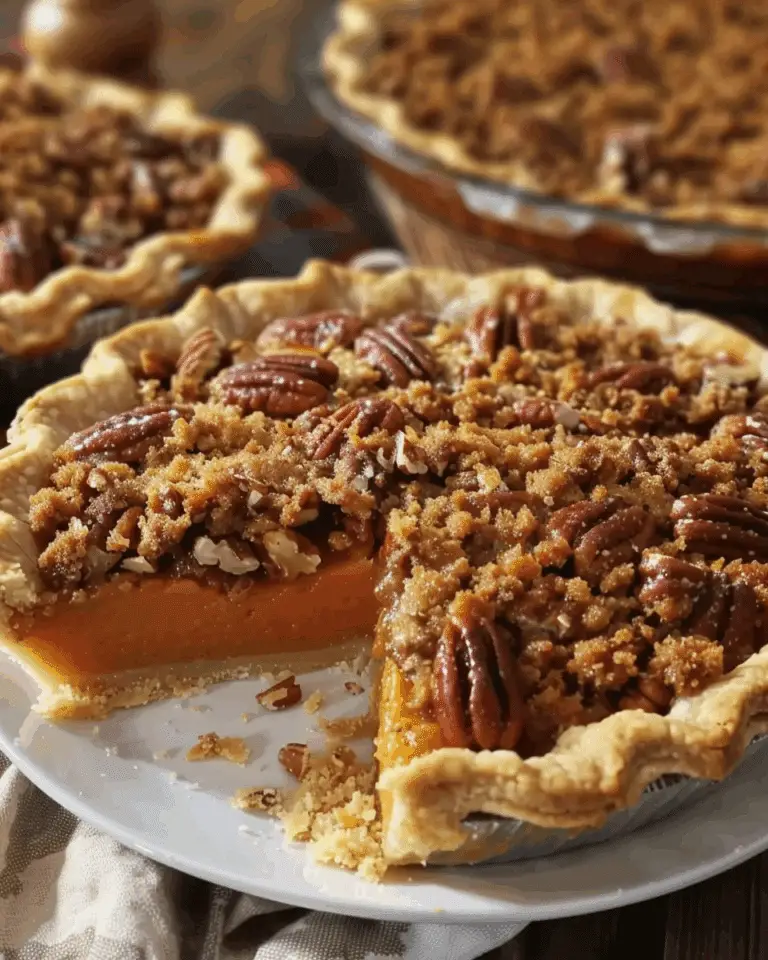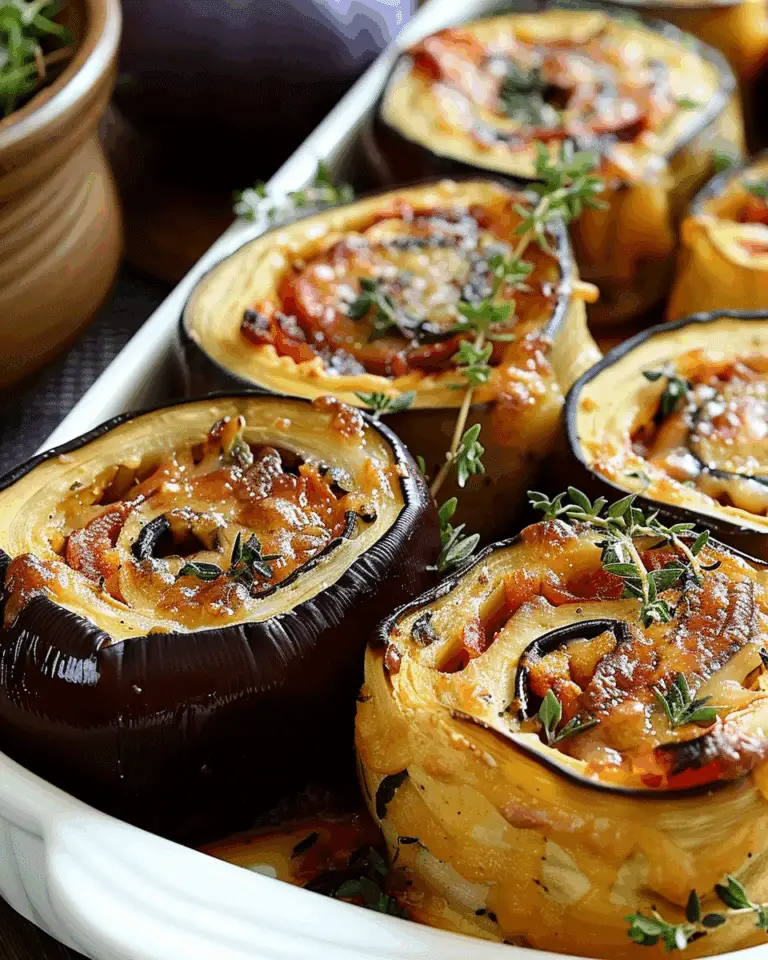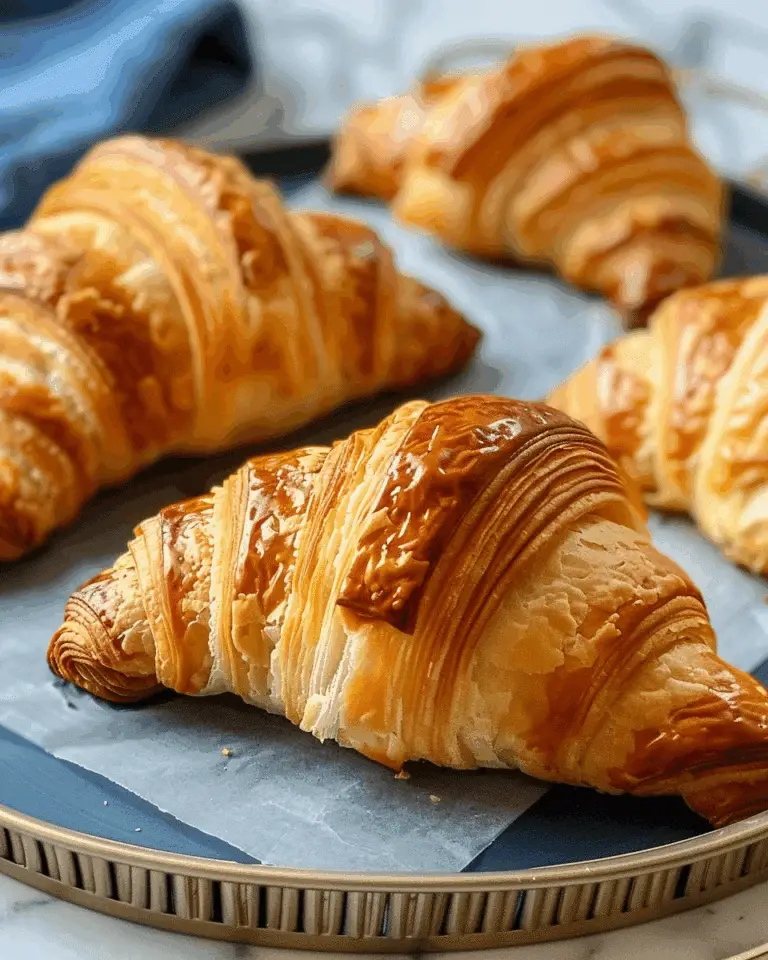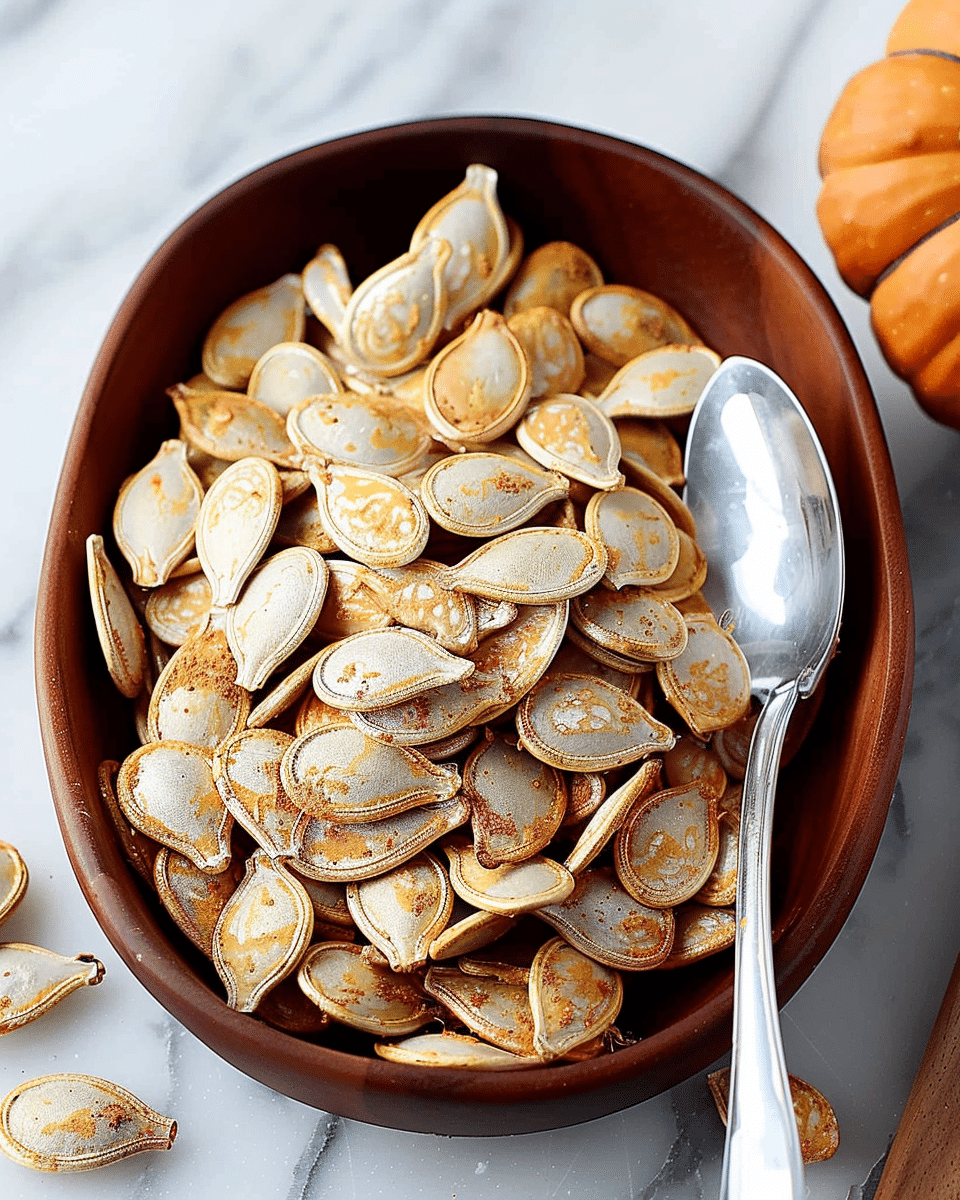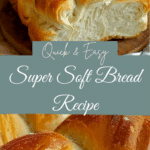This super soft bread recipe is everything I love in homemade bread—pillowy, fluffy, and with a tender crumb that practically melts in the mouth. It uses a two-step dough process, beginning with a fermented starter that brings both depth of flavor and incredible softness to the final loaf. Whether I shape it into rolls or bake it as a loaf, the result is always a bakery-quality bread that’s impossible to resist.
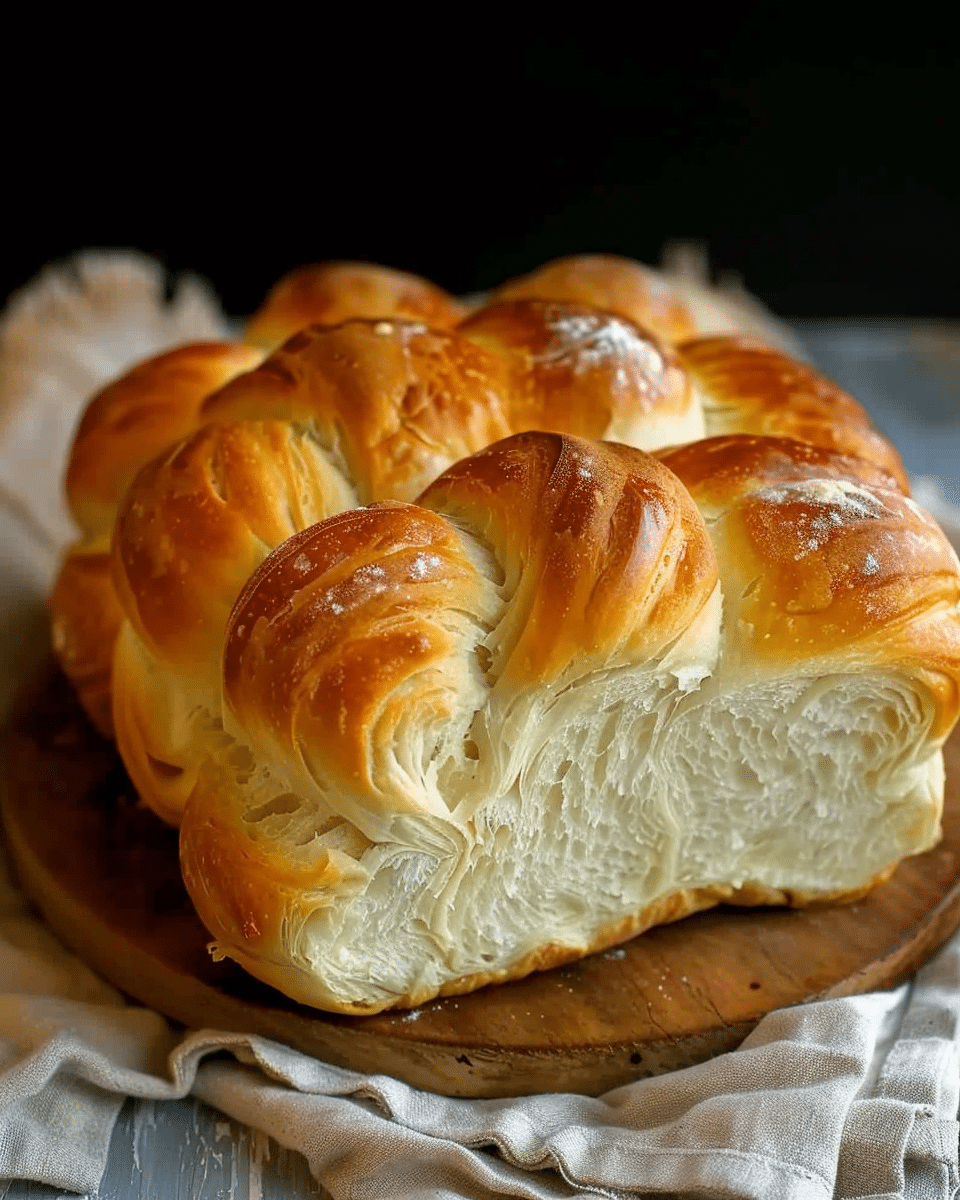
Why You’ll Love This Recipe
I love this bread for how perfectly light and soft it turns out every single time. The starter dough makes a huge difference in texture, giving the bread a gentle chew and richness that’s hard to beat. I can enjoy it plain, toasted, or even turned into sandwiches and sweet rolls. The recipe is also easy to follow with consistent results, making it great for both beginners and experienced bakers.
Ingredients
(Here’s a tip: Check out the full list of ingredients and measurements in the recipe card below.)
Starter Dough
-
220 g bread flour
-
80 g cake flour
-
275 g milk
-
6 g dry yeast
-
35 g white sugar
Main Dough
-
220 g bread flour
-
80 g cake flour
-
55 g condensed milk
-
45 g fine sugar
-
1 egg
-
60 g unsalted butter (softened)
-
5 g salt
Directions
1. Make the Starter Dough
I start by combining the bread flour, cake flour, milk, sugar, and yeast in a bowl. I mix until the dough is smooth and elastic. Then, I cover the bowl and let it ferment for about an hour, or until the dough has doubled in size.
2. Prepare the Main Dough
Into a large bowl, I add the risen starter dough along with the rest of the bread flour, cake flour, condensed milk, fine sugar, and the egg. I mix until everything comes together, then knead the dough for about 8–10 minutes. Once a rough dough forms, I add the softened butter and salt, then continue kneading for another 10–15 minutes. I know the dough is ready when it’s smooth, stretchy, and passes the windowpane test.
3. First Proofing
I shape the dough into a ball and place it in a greased bowl. After covering it with a towel or plastic wrap, I let it rise for 1 to 1.5 hours, or until it has doubled in size.
4. Shaping
Once the dough is proofed, I punch it down to release the air. Then I divide it into 8–10 equal pieces. I shape each into balls or rolls and arrange them in a greased or parchment-lined baking pan.
5. Second Proofing
I cover the pan and let the dough rise again for 45–60 minutes until the rolls are puffed and soft.
6. Baking
I preheat the oven to 175°C (350°F). Before baking, I brush the tops with an egg wash made from 1 egg and 1 tablespoon of milk to help the bread brown beautifully. Then I bake for 20–25 minutes until the tops are golden brown.
7. Cooling
After removing the bread from the oven, I brush the tops with melted butter for an extra-soft crust. Then I let the bread cool completely on a wire rack.
Servings and timing
This recipe makes about 8–10 servings, depending on how I divide and shape the dough.
Preparation time: 2.5 to 3 hours (including proofing)
Baking time: 20–25 minutes
Total time: About 3.5 hours
Variations
-
I sometimes add chocolate chips, raisins, or dried cranberries into the dough for a sweet twist.
-
For a savory version, I like to mix in shredded cheese and herbs.
-
I’ve also made this recipe into a pull-apart loaf or a babka-style twist with great results.
Storage/Reheating
I keep the bread in an airtight container or zip-top bag at room temperature for up to 3 days. For longer storage, I freeze the rolls individually and thaw them at room temperature. To reheat, I pop them in the microwave for 10–15 seconds or warm them in a 150°C (300°F) oven for 5–7 minutes to bring back that fresh-baked softness.
FAQs
What makes this bread so soft?
The use of a starter dough and a combination of bread and cake flours is what makes the texture incredibly soft. Plus, the kneading and proofing times help develop the perfect structure.
Can I make this bread without cake flour?
I’ve tried substituting cake flour with all-purpose flour in a pinch. While it still turns out delicious, the texture won’t be quite as tender.
How do I know when the dough is kneaded enough?
I go by the windowpane test—when I stretch a bit of dough and it forms a thin, translucent sheet without tearing, it’s ready.
Can I use a stand mixer instead of kneading by hand?
Yes, I often use a stand mixer fitted with a dough hook. It speeds up the process and gives consistent kneading results.
Why do I need to proof the dough twice?
The first proof helps the dough develop flavor and structure, while the second proof gives the shaped dough time to rise and become airy before baking.
Conclusion
This super soft bread is one of my go-to recipes when I want something cozy, fluffy, and satisfying. From its slightly sweet flavor to its tender, cloud-like texture, every bite is a joy. Whether I serve it fresh out of the oven or reheat it for breakfast the next day, it never disappoints.
Print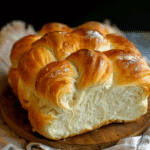
Super Soft Bread Recipe
- Total Time: About 3.5 hours
- Yield: 8–10 rolls or 1 loaf
- Diet: Vegetarian
Description
Super Soft Bread with a pillowy tender crumb and rich flavor, made using a two-stage dough with a fermented starter. The combination of bread and cake flours, enriched dough, and extended kneading yields a light, bakery-quality loaf or rolls.
Ingredients
- Starter Dough: 220 g bread flour, 80 g cake flour, 275 g milk (warm, 100–115 °F), 6 g dry yeast, 35 g white sugar
- Main Dough: starter dough, 220 g bread flour, 80 g cake flour, 55 g sweetened condensed milk, 45 g fine sugar, 1 egg (room temperature), 60 g unsalted butter (softened), 5 g salt
Instructions
- Combine starter ingredients and knead until elastic. Ferment until doubled (~1 hr).
- Add starter to main dough ingredients and knead for ~8–10 min. Add butter and salt, continue kneading until the dough is smooth, elastic, and passes the windowpane test.
- First proof: shape dough into a ball, cover, and let double (~1–1.5 hr).
- Punch down, divide into 8–10 pieces, shape into rolls or loaf, arrange in pan.
- Second proof: let rise until puffy (~45–60 min).
- Preheat oven to 350 °F. Brush with egg wash (1 egg + 1 Tbsp milk), bake 20–25 min until golden.
- Brush warm loaves with melted butter, cool completely on a wire rack.
Notes
- Using both bread and cake flours balances structure (from gluten) and tenderness (from lower protein)—cake flour lightens and softens the crumb.
- Sweetened condensed milk enriches the dough, adding moisture, sweetness, and a glossy crust. It’s a hallmark of ultra-soft “milk bread” recipes. ([win.facebook sources matching ingredient list]
- Warm liquids activate yeast optimally—target ~100–115 °F for best rise. ([turn0search11])
- Extended kneading (including butter incorporation) develops strong gluten while keeping dough enriched and soft. ([turn0search11])
- Two-stage fermentation deepens flavor and adds softness through extended proofing.
- Brushing with butter after baking keeps the crust soft and gives a tender mouthfeel.
- Prep Time: 2.5–3 hours (including proofing)
- Cook Time: undefined
- Category: Bread
- Method: Enriched, two-step dough
- Cuisine: Bakery-style
Nutrition
- Serving Size: 1 roll
- Calories: 220
- Sugar: 6g
- Sodium: 150mg
- Fat: 4g
- Saturated Fat: 2.5g
- Unsaturated Fat: 1g
- Trans Fat: 0g
- Carbohydrates: 40g
- Fiber: 1g
- Protein: 6g
- Cholesterol: 25mg

